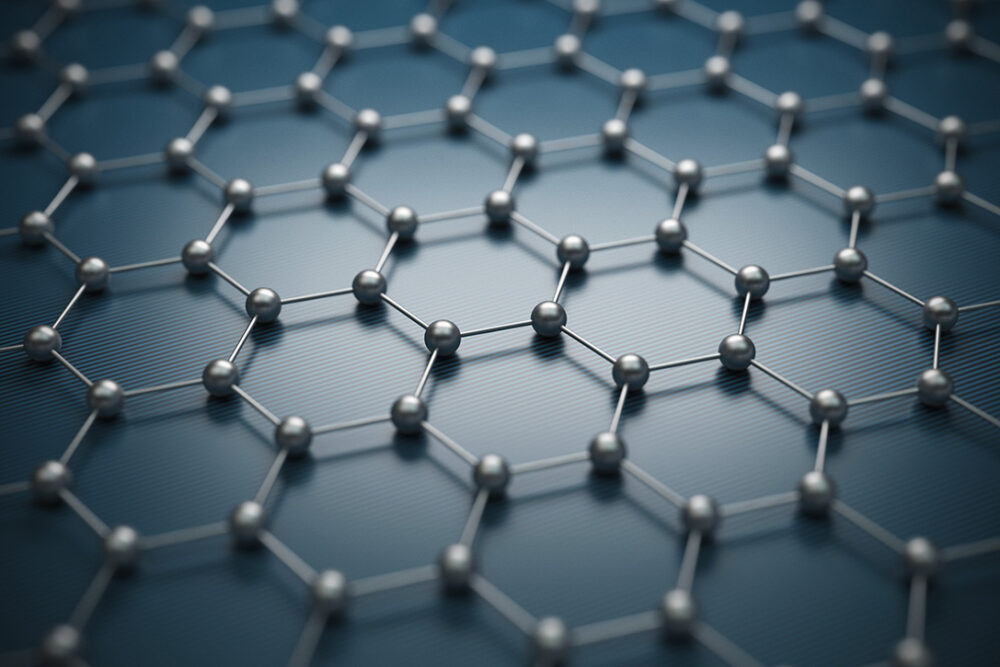Graphene, a single layer of carbon atoms arranged in a two-dimensional honeycomb lattice, has emerged as a focal point of research and innovation within the realm of electronics. Its remarkable properties have ignited a fervor among scientists, engineers, and industry leaders alike. With a unique combination of electrical conductivity, mechanical strength, and thermal management capabilities, the question surfaces: is graphene truly the future of electronics?
At the crux of graphene’s allure is its extraordinary electrical conductivity. Graphene exhibits superior electron mobility, significantly outpacing traditional conductors such as copper and silicon. The material’s high carrier mobility facilitates rapid electron transport, rendering it an enticing candidate for next-generation electronic applications. Conversely, while it surpasses silicon in conductivity, it introduces intriguing challenges, particularly in band gap engineering. The absence of a natural band gap in pristine graphene limits its application in digital electronics, typically reliant on switching capabilities. This intrinsic limitation fosters ongoing inquiry into methods for inducing a band gap, potentially unlocking graphene’s full potential as a semiconductor.
Delving deeper, one encounters the concept of hybrid materials. By combining graphene with other semiconductors, researchers aim to create materials that leverage the strengths of both constituents. For instance, the formation of heterostructures—layers of graphene stacked with materials like transition metal dichalcogenides—has shown promise in photovoltaic and optoelectronic devices. These hybrid platforms not only capitalize on graphene’s conductivity but also allow for effective modulation of electronic properties through external stimuli, producing a milieu ripe for innovation.
Moreover, the mechanical integrity of graphene cannot be overstated. The material demonstrates exceptional tensile strength—over 100 times stronger than steel—yet maintains remarkable flexibility. This combination is particularly beneficial in the development of flexible electronics, which have garnered substantial interest in recent years. From bendable displays to wearable technology, graphene’s resilience facilitates the production of devices that are not only functional but also adaptable to varying environments and user demands. Such applications herald a new era of aesthetic versatility, where the functionality of electronics harmonizes with the human form.
Thermal properties further embellish graphene’s profile as an electronic material. With impressive thermal conductivity—surpassing that of copper—graphene excels in heat dissipation. Efficient thermal management is paramount in modern electronics, particularly as devices become increasingly compact and power-dense. Excessive heat can impair performance and longevity, making graphene an ideal candidate for thermal interface materials and advanced cooling systems. Its ability to swiftly conduct heat away from critical elements paves the way for more streamlined and durable electronics.
Nevertheless, a thorough examination is warranted regarding the scalability of graphene production. While research-grade graphene has been synthesized in innovative ways, such as chemical vapor deposition (CVD) and liquid-phase exfoliation, the transition to large-scale manufacturing poses formidable challenges. Ensuring uniform quality and reproducibility at scale remains a key hurdle. As industries express a growing appetite for graphene-enabled products, achieving cost-effective and efficient production methods will be crucial for widespread adoption in the electronics market.
Another facet of the conversation around graphene pertains to its environmental implications. With sustainability as a paramount concern in modern manufacturing practices, graphene’s biocompatibility and potential for reduction in resource consumption positions it favorably. Its application in energy storage—specifically, supercapacitors and batteries—illustrates this potential. Graphene’s high surface area and conductivity can enhance charge storage capacity and cycling stability, promising advancements in energy efficiency and longevity. The reduction of material usage alongside superior performance could significantly diminish the environmental footprint of electronic devices.
Nonetheless, the road ahead is not devoid of skepticism. Industry detractors often point to the momentum toward silicon-based technologies, which have received extensive investment and optimization over decades. The entrenched manufacturing ecosystem poses a significant barrier to the rapid assimilation of alternative materials like graphene. While prototypes and laboratory successes abound, the exigencies of performance consistency and economic viability must be met before graphene can supplant existing technologies on a commercial scale.
In conclusion, while graphene exhibits unparalleled potential as a transformative material within the field of electronics, its future as a pervasive technology hinges on overcoming several critical challenges. The marvel of graphene lies not only in its remarkable intrinsic properties but also in the myriad of applications it can enable—from flexible displays to next-generation batteries. As research advances and industrial strategies evolve, the fascination surrounding graphene hints at a horizon filled with innovative opportunities. Whether it ultimately solidifies its place as a cornerstone of modern electronics remains to be seen. Yet, as the enthusiasm surrounding its promise continues to burgeon, one cannot help but envision a future where electronics are fundamentally redefined by the remarkable qualities of graphene.












